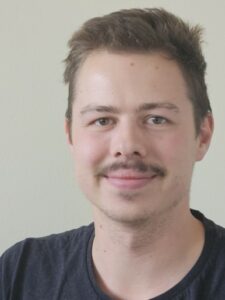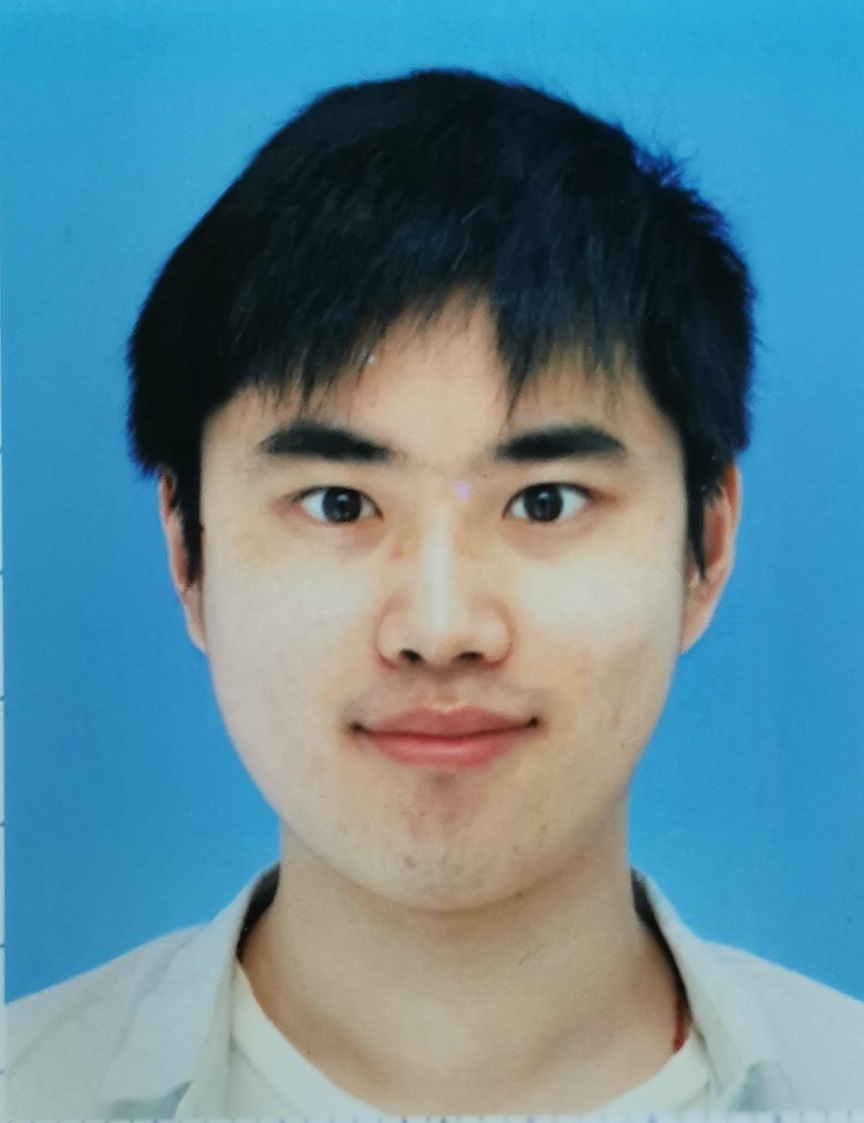Project L – Modeling of Defect and Surface Chemistry of Perovskites
The electro-mechanical and electro-optical properties of perovskites are strongly influenced by their bulk lattice defects (vacancies, dopants). In the case of ferroelectric perovskites, such defects tend to associate, e.g., into vacancy-dopant pairs, and together with internal stresses modify the electro-mechanical response by changing phase stability as well as the mobility of phase boundaries and domain walls. These dependencies are exploited to tune electronic and mechanical properties by introducing defects on purpose, e.g., by adding dopants or by choosing off-stoichiometric compositions, which either lead to structural vacancies on a sublattice or to structural antisite defects. For the major lead-free ferroelectric perovskites, the atomistic mechanisms of how the defect network and internal stresses modify the electro-mechanical response are not yet well understood. Concerning the electro-optical properties, non-stoichiometric composition and doping also change the electronic structure of the perovskites. This allows tuning the absorption properties of solar cells to make optimal use of the solar spectrum, but it also leads to undesired effects such as charge carrier trapping and exciton recombination. For the new metal halide- and chalcogenide-based perovskites for solar energy conversion, such as hexane-1,6-diammonium-pentaiodobismuth (HAD-BiI5), SrZrS3, or BaZrS3 the properties of the intrinsic atomic defects are largely unknown.
The project will provide insights into the surface chemistry and the properties of atomic defects of lead-free perovskite materials by using atomistic quantum- chemical calculations. Our aim is to understand (i) how defects in conjunction with internal residual stresses modify the electro-mechanical response and the electronic structure of perovskites and (ii) how defects influence electronic properties and chemical processes on surfaces with regard to light-induced water splitting and how ligand shells and metal-particle co-catalysts change the surface reactivity.
Principal Investigators
 |
Prof. Dr. Bernd Meyer Computer Chemistry Center Department of Chemistry and Pharmacy Friedrich-Alexander-Universität Erlangen-Nürnberg bernd.meyer@fau.de |
 |
Prof. Dr. Tomokatsu Hayakawa |
Doctoral Researchers
 |
Andreas Ziegler, M.Sc. Computer Chemistry Center Department of Chemistry and Pharmacy Friedrich-Alexander-Universität Erlangen-Nürnberg andreas.az.ziegler@fau.de |
 |
Rongguang Gan, M.Sc. Frontier Research Institute for Materials Science Nagoya Institute of Technology, Japan r.gan.311@stn.nitech.ac.jp |
Associated Researchers
Publications Project L
2025
- , , , , , , , , , :
Influence of substrate polarity on thermal stability, grain growth and atomic interface structure of Au thin films on ZnO surfaces
In: Acta Materialia 284 (2025), Art.Nr.: 120531
ISSN: 1359-6454
DOI: 10.1016/j.actamat.2024.120531 - , , , , , , , :
Bridging theory and experiment in defect-tolerant semiconductors for photovoltaics
In: Nature Reviews Materials (2025)
ISSN: 2058-8437
DOI: 10.1038/s41578-024-00769-9
